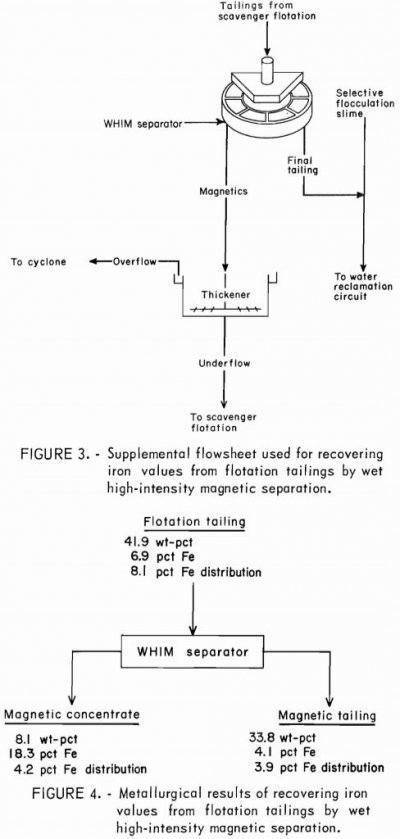


The first type is karst dissolution cavities on the surface (so-called “sand sacks”), in which lead vanadate minerals are accumulated. They are divided into two main types and associated with other phases of supergene ores. Lead vanadate ores form near-surface located deposits and extend to the depth of oxidation, but rarely expand deeper than groundwater level. After that, depending on the abundance of base-metals (Pb, Cu, Zn), vanadium precipitates as the corresponding vanadate minerals. In situ, the solution blends with base-metals-rich fluids or acts directly on oxidized minerals. This vanadium-containing solution is transported and percolated to the favorable environment of oxidized parts of base-metal deposits. Probably, vanadium migrated in the form of calcium metavanadate complexes (Ca(VO 3) 2) with groundwater solutions. It is based on leaching, erosion, and weathering of vanadium from the surrounding rock as well as primary sulfides and sediments by ground and meteoric water under intensive oxidative conditions. The leading theory of vanadate deposits formation is described by the supergene alteration/enrichment model and summarized in several reports. Base-metal vanadate deposits are widely distributed in tropical and temperate climate zones and regions of arid and semiarid climate. This review does not merely provide an overview of lead vanadate sources and the challenges in previous mechanical and metallurgical processing activities, but shows opportunities to ensure vanadium production out of primary sources in the future.įischer (1975) defined the term of base-metal vanadate deposits or lead vanadate deposits as occurrences of lead-, zinc-, and copper-vanadate minerals in the oxidized parts of base-metal (lead, zinc, and copper) deposits, also known as polymetallic deposits, where lead is the obligatory element to form lead vanadate ores. Meanwhile, regarding the development of mineral processing and metallurgy, there are methods and strategies to reconsider lead vanadates as a highly-potential vanadium resource. There have been ecological issues and technical restrictions in the past that made these deposits uninteresting. There has been a wide variety of research activities in the first half of the last century, including density sorting and flotation to recover concentrates as well as pyro- and hydrometallurgical treatment to produce vanadium oxide. Mineral processing and metallurgical treatment of lead vanadate deposits stopped in the 1980s, although the deposits contain a noteworthy amount of the desired resource vanadium. The uprising demand forces the industry to consider the exploration of less attractive sources besides vanadiferous titanomagnetite deposits, such as lead vanadate deposits. Due to its chemical properties, vanadium is vital for applications in the upcoming renewable energy revolution as well as usage in special alloys. Vanadium has been strongly moving into focus in the last decade.


 0 kommentar(er)
0 kommentar(er)
